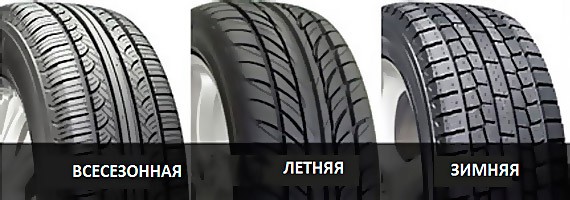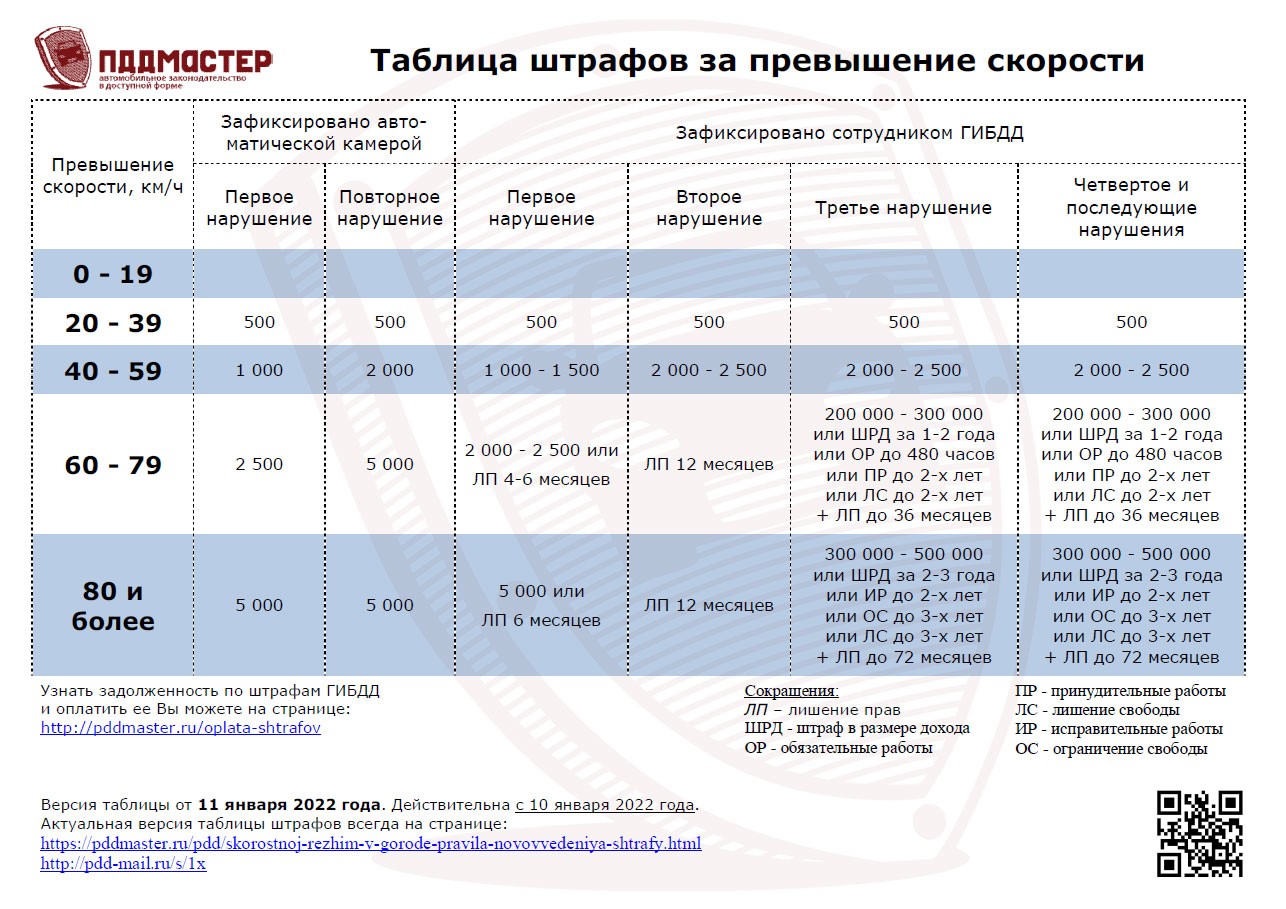
All about all season tires
Depending on the climate you live in, seasonal changes can be subtle or dramatic. Some areas of the US have a very temperate climate with a rainy season and a hot season. Others have short hot summers followed by long, very cold and snowy winters. The climate you live in determines how you feel about all season tyres.
All-season tires are tires that perform best in general conditions. Compared to winter tires or specialty summer tires, all-season tires perform better than others in various weather conditions.
How are all-season tires designed?
When tire manufacturers design all-season tires, they consider the following key factors:
- Tread wear durability
- Ability to drain water in wet conditions
- road noise
- Ride comfort
Other factors such as cold weather performance also play a role, but to a lesser extent.
If you've ever seen a tire ad or brochure, you'll notice that many of them have a useful life rating (60,000 miles, for example). Tread wear life is estimated based on average use under normal operating conditions for different types of vehicles. It takes into account mainly the composition and density of the tire; is the ability to maintain traction with minimal wear. A harder rubber compound will have a longer tread life but will lose traction more easily, while a softer rubber compound will have better traction in a variety of conditions but will be more prone to wear.
The tire's ability to evacuate water prevents a phenomenon known as hydroplaning. Hydroplaning is when a tire's contact patch cannot cut through the water on the road fast enough to gain traction and is essentially driving on the water surface. Tire manufacturers design tread blocks in such a way that water is drained from the middle of the tread to the outside. The channels and lines cut into the tread blocks are known as sipes. These lamellas expand and capture the road surface.
The tread pattern of a tire also affects the level of noise transmitted to the vehicle's interior. The tire design includes interleaved or staggered tread blocks to minimize humming noise from road contact. Road noise is mostly a problem at highway speeds, and poorly designed tires are noticeably louder than higher quality tires.
The rubber used in all-season tires is durable and can create a harsh ride that transfers vibration from bumps into the passenger compartment. To improve ride comfort, tire manufacturers design sidewalls to be softer and better able to overcome bumps.
Are all-season tires really suitable for all seasons?
All-season tires are the best option for all driving conditions, but they perform best in temperatures above 44 degrees. Below this temperature, the rubber compound in the tire becomes much harder, which increases the braking distance and increases the likelihood of losing traction.
If you only occasionally drive in cold and snowy weather, all-season tires may be your best bet. If you live and drive in a climate that gets cold weather and snow for several months, consider purchasing a separate set of winter or winter tires for temperatures below 44 degrees. They will improve traction in cold weather and on slippery roads.
